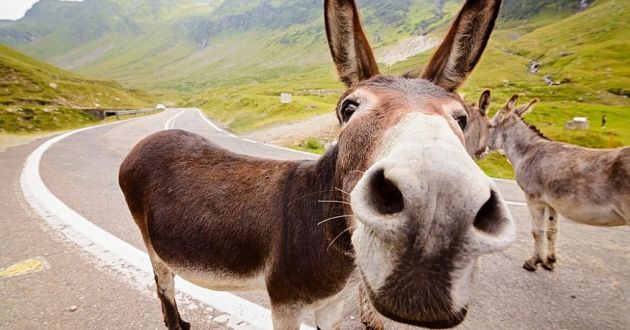The Grey Mule

Animal transport was an integral part of the Sapper warfare. The story of the ‘Grey Mule’, reverred as the most travelled mule in the world, enjoys a legendary status in the lore of the Madras Sappers. The Grey Mule joined the Madras Sappers in 1891 and served for 31 years, during which it took part in expeditions to Chitral, Tirah, Malakand and Tibet among others.
Having had served in Egypt and Palestine during World War I, the old mule was about to be sold off along with thousands of other mules to Egyptians in 1921, when the Expeditionary Force was due to return to India. But Colonel Basset, who was commanding 10 Field Company interceded and obtained a special permission from the Force Commander, Sir Philip Chetwode, to take it back home.
On arrival at Bangalore it was pensioned off and given the complete freedom of the lines. Fed and cared for by whichever unit was stationed there, this honoured war veteran lived a quiet life for more than a decade, wandering at will but never leaving the neighbourhood of the lines.
At the 150th Anniversary Reunion in 1930, the Grey Mule headed the march past of the pensioners, accompanied by the same Sapper Driver who, as a young man had led him up the Malakand Pass, 33 years earlier.
The Grey Mule wore his campaign ribbons on his brow band. When the column passed the spectator stand, everyone stood up to pay tribute to the gentle animal. That was his last parade. The Grey Mule passed away in 1933, at the ripe age of forty-seven.
Four ink stands made of the hooves of the grey mule are preserved, one each at the MEG Officers’ Mess and the ‘Monkey House’ (the Headquarter building of the Centre, so named jovially for the numerous monkeys that occupied the premises at the time of its commissioning), and one each in 4 Engineer Regiment and the Officers’ Mess, Royal School of Military Engineers, Chatham (UK). The Grey Mule lies buried in the unit lines of the Regimental Centre at Bangalore.



